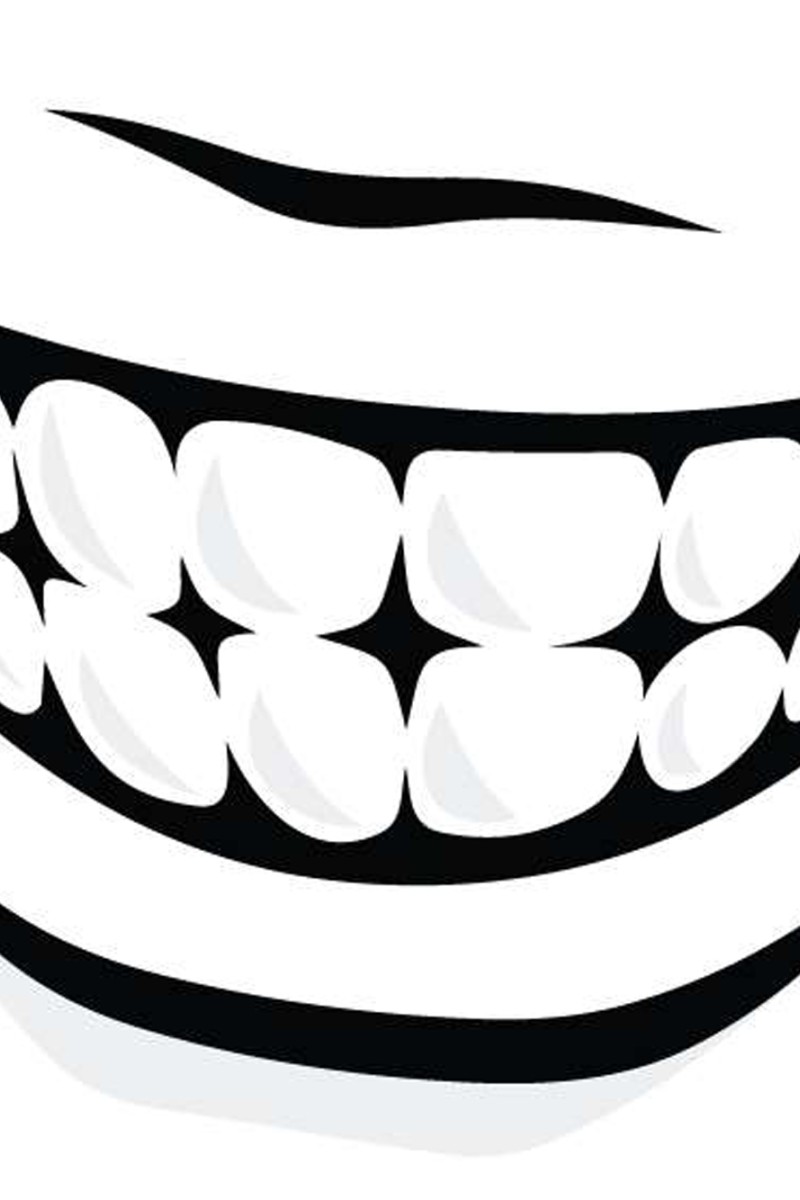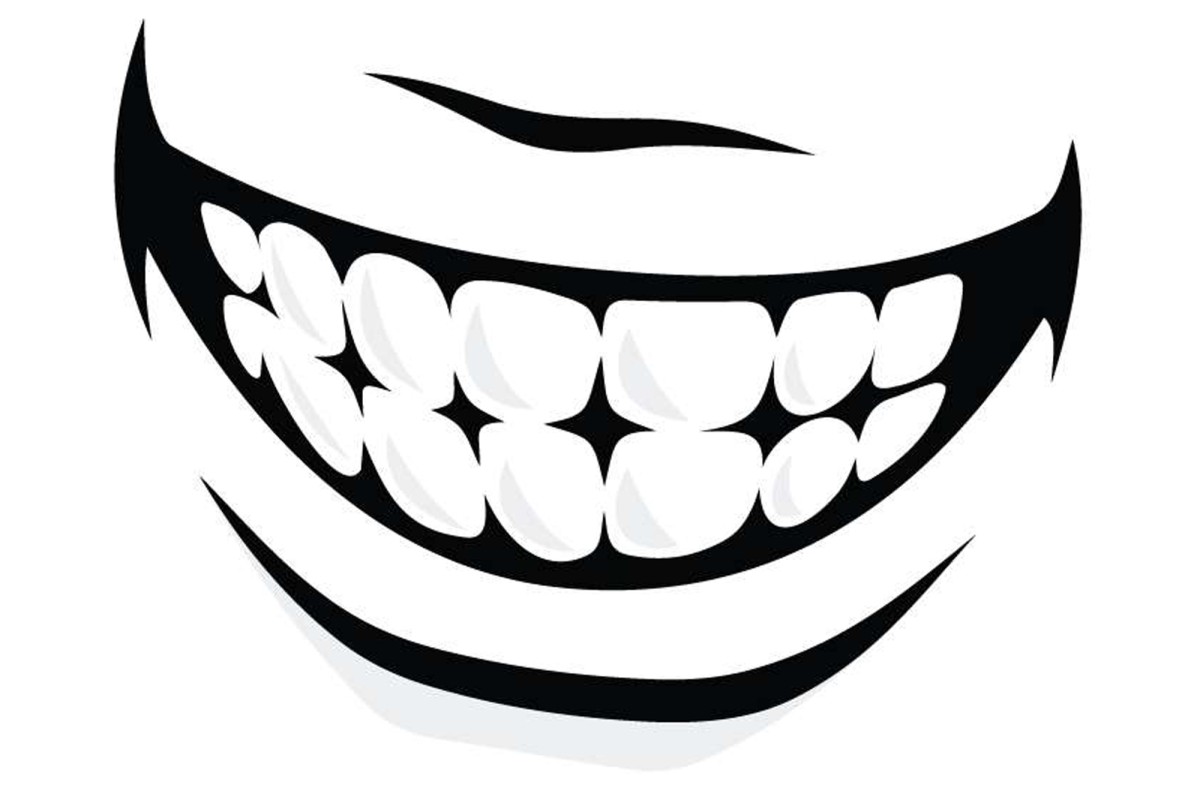
US student Amos Dudley had no dentistry experience when he decided to create plastic aligners to straighten his teeth
 Straight teeth for US$60? Now that's a reason to smile.
Straight teeth for US$60? Now that's a reason to smile.A university student has received lots of interest in his dental work after publishing an account of straightening his own teeth for US$60.
Amos Dudley, who studies digital design at the New Jersey Institute of Technology, had no dentistry experience when he decided to create plastic aligners to straighten his teeth. After publishing before-and-after pictures of his teeth this month, Dudley has received hundreds of requests from strangers, asking him to straighten their teeth.
Dudley’s project has raised the question of whether the cost of dental care is unnecessarily high.
Although some orthodontists say Dudley’s work may eventually lead to lower costs, they warn that the amateur’s methods were risky and could backfire, ultimately leading to a need for more expensive professional help.
“It’s very dangerous,” said Hera Kim-Berman, director of graduate orthodontics at the University of Michigan. “He’s done a tremendous disservice to many people who look at this and think they can possibly do it.”
Kim-Berman and other orthodontists warn of the dangers of leaving a certified health-care professional out of the process.
Among Kim-Berman’s many concerns was that the plastic aligners Dudley made for his teeth did not include his back molars, which Kim-Berman said could potentially create significant problems such as a disrupted bite.
“He could’ve done his own LASIK surgery,” said Brent E. Larson, a director of orthodontics at the University of Minnesota’s dental school. “But he probably wouldn’t have embarked on that road because that’s a more obvious risk to the health of your eye. But in fact, this is the same sort of risk.”
Larsen stressed the importance of creating not just a beautiful smile, but a healthy smile. Orthodontists take into consideration the health of gum tissue and the location of bones that support teeth. Larsen said Dudley overlooked these considerations.
The US$60 price tag Dudley paid for the work also doesn’t tell the complete story of the costs. Given his university studies, Dudley had access to a 3D printer and laser scanner on campus, which cost in excess of US$30,000 to purchase. And his technical expertise far exceeds that of the average person.
If he’d focused solely on the project, Dudley said, he could have completed it in a week or two. He began researching the project last summer and checked out dental books from the library.
Dudley then bought materials online to make a mould of his teeth. He used a laser scanner to upload the mould into a computer programme, where he could digitally shift his teeth to a desired location. To ease his teeth into the transition, Dudley printed 12 different retainers, which gradually shifted his teeth to their final destination. He would shift from one retainer to the next after he could feel the current retainer no longer putting pressure on his teeth. After 16 weeks of wearing the retainers on his top teeth, Dudley had the smile he wanted. (He did not seek to straighten his bottom teeth.)
Although not advocating that the average person try such an approach, some orthodontists said Dudley’s case might lead to more affordable dental care down the road.
“It’s a promising thing that this is happening,” said Kjeld Aamodt, a dental professor at the University of California at San Francisco. “I think people are eager to have their teeth straightened and I think frustrated with the current orthodontic marketplace being not only inconvenient for them but too costly.”
Aamodt doesn’t expect anything near US$60 to be realistic. But he said he could foresee a system in which advances in technology lead to patients not having to visit orthodontists every month, and paying a lower cost because of changes in the infrastructure of health care.
“There is a potential for maybe some cost savings, but not in the same way there is for consumer electronic goods that can be manufactured more efficiently, effectively using robots,” Larson said. The cost of dental work comes largely not from the equipment, but from the expertise of the orthodontist, who finishes their schooling with hundreds of thousands of dollars of loans.
Dudley acknowledges his work required only a small fraction of the knowledge that orthodontists have. And he isn’t accepting any requests to make plastic aligners for the people who contact him. Instead Dudley, who is set to graduate this spring, has interviewed with 3D printing companies that were intrigued by his project.